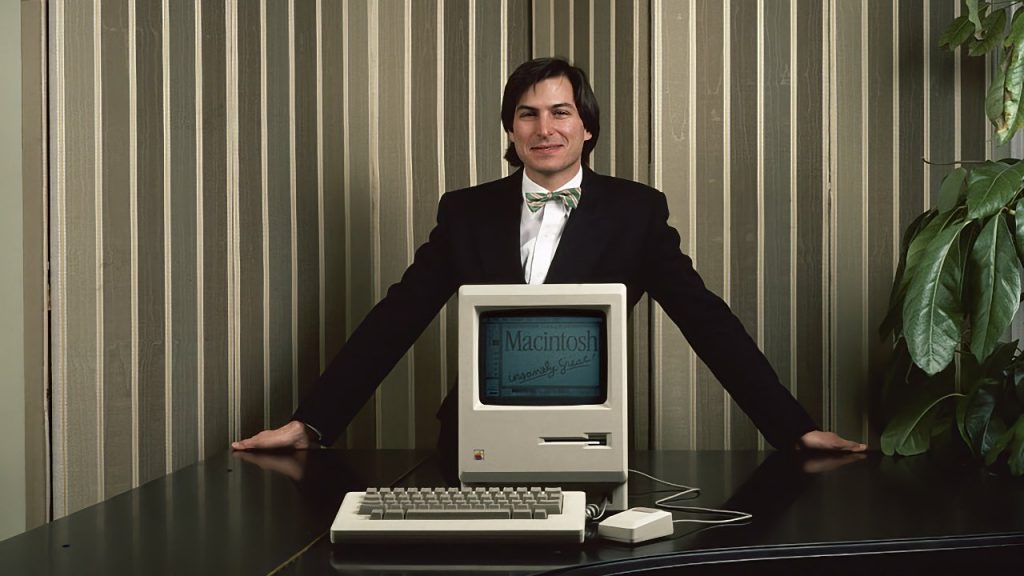How can you help customers solve a problem they don’t even know they have yet?
We recently spent time with a team of entrepreneurs who are seeking one of the holy grails of innovation: to develop a product or service that customers need… even if they don’t know it yet.
In this article we’re going to explain how they’re doing that – and you can too.
A tale of horses and apples
When it comes to the subject of solving problems people don’t know they have, this quote by Apple’s Steve Jobs keeps coming up:
“Some people say give the customers what they want, but that’s not my approach. Our job is to figure out what they’re going to want before they do. I think Henry Ford once said, ‘If I’d asked customers what they wanted, they would’ve told me a faster horse.'”
It reminds us of one the chief drivers of civilisation (and hence innovation) since the dawn of time: convenience.
And therein lies the secret to finding the Grail…

How can you find this Grail?
There are lots of ways to conduct your quest to solve a problem customers don’t even know they have yet.
But I’d argue that the simplest route – and the one our entrepreneur friends are using – is to follow three steps:
Step 1️⃣
Start with the essential strategy for any successful innovation. Namely, taking something people want/need and make it easier, better, and/or more convenient. (Making something mind-blowingly original can be disastrous. As our co-founder and tech giant Lasse Andresen likes to say: “People with unique ideas often have stupid ideas”.)
Step 2️⃣
Work out how you can combine multiple – currently unconnected – tasks / problems / interests via one, easy-to-use, platform, product or service. This is exactly what Jobs did with the iPhone, by bringing together a telephone, music service, and ‘internet communicator’ (as he called it at the time).
Step 3️⃣
Get out there and test your hypothesis with good old-fashioned market research. The world does not need any more products or services that solve a problem no one actually has.
We’d obviously recommend our 5-Day Prototypes to help test your ideas. This video explains how and why:
Finding the Grail
The innovators who inspired this article are using their new tech to link several household items/utilities, which you’d never have thought could or should be interlinked.
It’s one of those “Why-has-no-one-not-thought-of-that-before?” ideas.
By connecting these, they are not only making it cheaper, easier, and more efficient to carry out household tasks, they are adding value by letting customers use those those utilities in new ways.
One example of this value creation is using their tech to transform an item you usually put energy into, into a storage device you can take energy out of, when required.
Their stroke of genius was to see the problems inherent in NOT connecting and leveraging the functionality of these standalone items, which they realised could add value by working together.
This insight has allowed them to develop a solution that customers don’t know they need yet, but which will make their lives more convenient and cost-efficient.
Conceptually, it’s not that different from, say, taking a telephone, music service, and ‘internet communicator’, and putting them into one, convenient device.
Delivering on your potential
A caveat: even if you discover this Grail (which I keep banging on about like I’m in a Monty Python film), you can still quickly lose your way.
For all his creative genius and pithy quotes, it’s easy to forget that even the mighty Mr Jobs did not always get this stuff right himself.
Take the launch of the revolutionary Apple Macintosh. This event happened 40 years ago, but still offers a great example of getting innovation right… and wrong.

There are two major things today’s digital innovators can learn from that momentous event.
Major Thing Number 1️⃣
The launch of the Apple Macintosh was a huge success from a PR perspective.
That was because the STORYTELLING was excellent, with really clear, exciting messaging that culminated in a great piece of theatre.
At the event, Steve lifted the Mac out of its bag (!) and fired it up with next-to-no effort.
Little monochromatic words and pictures flashed up on the screen, all set to the suitably inspiring Chariots of Fire.
The computer even SPOKE.
Here’s the highlights of that event:
The crowd – who were all shareholders, by the way – went wild.
Apple got blanket media coverage of its funky new tech, driven by some great storytelling that focused on how easy it was to use (you needed a degree in astrophysics to start computers back then).
That’s lesson one: the importance of a great story – and being able to get it out of your head and told in a way people will engage with.
I’ve written a guide to doing that. Check it out.
Major Thing Number 2️⃣
The importance of KNOWING YOUR AUDIENCE.
Those shareholders who went wild might not have been so happy in the following months because, despite all the hype, the Mac did not sell that well.
This takes us back to our points above about solving real problems for real people and testing hypotheses.
There’s no question they had solved a problem by making computers much more user-friendly.
But Apple and Jobs hadn’t really worked out who it was for. There was a presumption that its cool branding and user-friendliness (or UX/UI as it would be called now) would entice everyone. It didn’t.
Apple had to pivot the brand to focus on a more creative community before the product really took off.
Winning at innovation in 2024
There is still a ludicrous number of products and services created today that don’t really understand or serve their audiences.
But, unlike the Apple shareholders at the 1984 Mac launch, 2024 shareholders/investors/budget holders won’t be so tolerant if they can’t clearly understand who you are serving and how.
Once you’ve come up with a way to solve a problem no one knows they have yet, you’ll be much more successful if you then combine great storytelling with a laser focus on the core of how you will solve that problem.
If you want an example of someone who is GREAT at this, check out this interview with Vibeke from SR-Bank. In it, she lays out her process for gathering, judging, testing, and selling her innovation ideas.
For all your grail-questing needs
It’s easy to set out all this theory, but you need practical solutions too.
That’s why we created the 5-Day Prototype to help you overcome the challenges set out above.
It allows us to focus relentlessly on the problem clients are solving, who they are solving it for, and the core flows that will deliver that.
That’s how our clients raised over €3.5m last year, won awards, and landed big clients – before they even had a product.
Here’s an example of a 5-Day Prototype in action:



